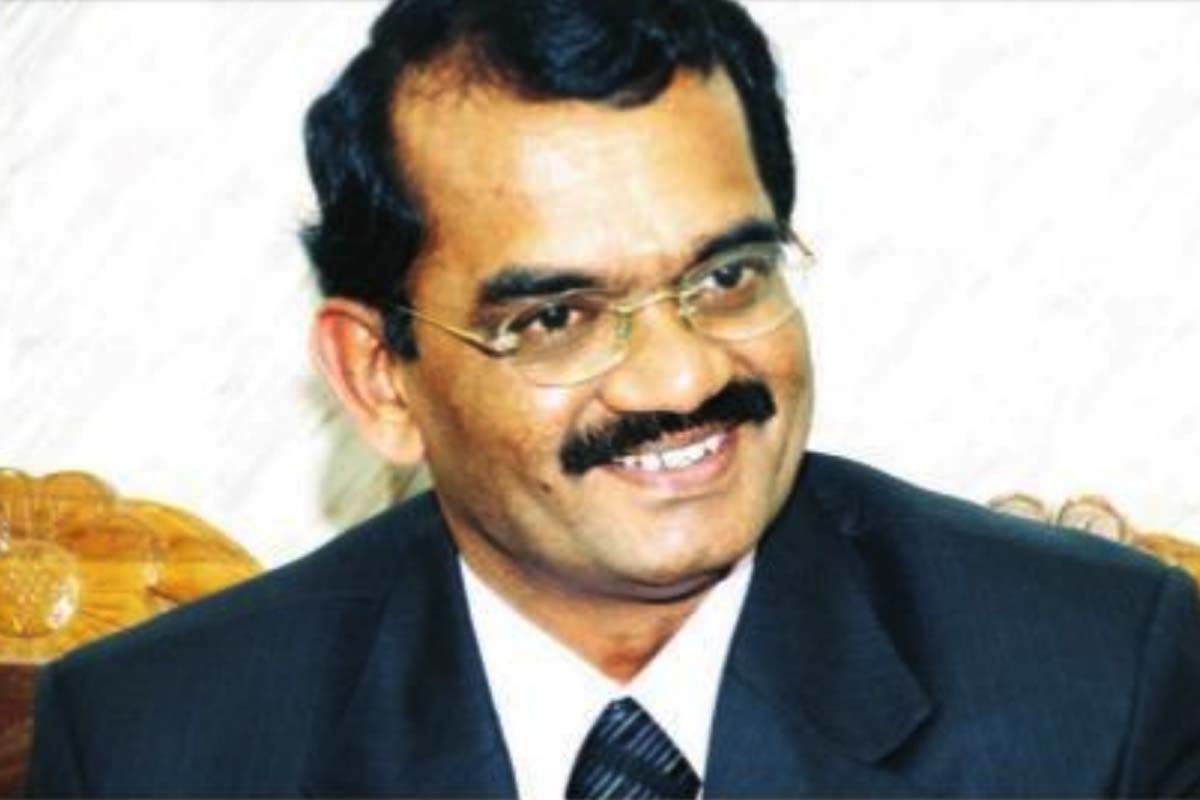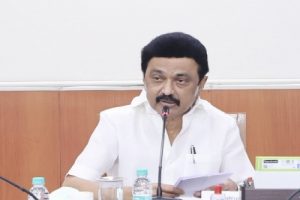Dubbed the “Moon Man of India”, Mylswamy Annadurai, former director of the Indian Space Research Organisation Satellite Centre, steered the most complex interplanetary missions. He served in a directorial capacity for multiple space programmes starting from Chandrayaan-1 to the Mars Orbiter Mission and a part of Chandrayaan-2.
Honoured with a Padmashree, this plain village boy turned plane thopping space scientist is an ace not only at pre-calculating probable hazards and obstacles during interplanetary missions but also raises a toast to his super intuition at identifying talents worthy of such high-end explorations.
Advertisement
It was he who inspired Muthayya Vanitha to take up the project director’s role in the Chandrayaan2 mission despite her continued denials and unwillingness to accept the job. Excerpts from an interview:
Q Tell us about your educational background and how Isro happened to you?
I had my primary education in a panchayat union school in my native village Kothavadi and high school in Kinathikadavu, Tamil Nadu. All along, my education was in Tamil medium. Then I went on to study Bachelor of engineering in the Government College of Technology, Coimbatore and did my Master’s from PSG College of Technology. I complete my PhD from Anna University. After my studies, like most other guys, I started looking for a government job, applied for Isro and the department of atomic energy. To my surprise, it was on the same day that I received interview calls from both places. I chose Isro because it was closer home.
Q) Did you harbour any passion about space travel from your childhood?
Technically, I have one eye on the Moon and another on Mars, based on their proximity to us and our capability in reaching them.
Q) You have worked on diverse project profiles spanning from Chandrayaan-1 to the Mars Orbiter Mission to partially in Chandrayaan-2, apart from the several in-between satellite launches. The dynamics of these missions must have been varied. What was the level of multitasking and focus required of you as programme and project director for each project?
During my school and college days, I used to spend long hours studying, but not the same subject. I read diverse subjects as well as newspapers other than my text books. As per my mood, I used to chalk out a time table for myself. Similarly, at work also, I spent nearly 18 hours every day but did not stress on the same job continuously. I divided my work in different slots and discharged each responsibility at a time. That’s my working style. All with good focus on time management. I believe in, and am also somewhat good, at delegating work. I spend time to study and understand my colleagues, identify their strengths. This enables me to assign tasks effectively. I focus on wherever it is required with a bird’s eye view so that progress is smooth. This is my way of working.
Q What are the fundamental differences between the Chandrayaan-1, Mangalyaan and Chandrayaan-2 missions?
Chandrayaan-1 was an orbiter around the Moon, technically a combination of our communication and remote sensing missions with an incremental improvement to take care of long range communication, which is nearly 10 times that of our communication satellites. Mangalyaan was the orbiter around Mars, technically similar to Chandrayaan-1 with incremental improvement in spacecraft autonomy and long range communication to take care of longer communication delays due to the increased range from the Earth and expected frequent communication outages. Chandrayaan-2 uses the heritage of Chandrayaan-1 and Mangalyaan for all orbit transfers upto lunar polar orbit acquisition with the incremental addition of a soft lander and a six wheeled lunar rover along with the science instruments for in situ experiments on the lunar surface.
Q) Chandrayan-2 is extremely complex due to its soft landing strategy. Can you please tell us how this entire mechanism would have taken place?
The lander, Vikram, would separate from the orbiter and then the landing process would be driven by Vikram’s propulsion system — eight thrusters for altitude control and five liquid main engines. It would have been able to land on the surface with a slope of up to 12 degrees by executing powered braking in two phases — through horizontal braking and vertical landing.
Q Where were the rover and the lander simulation trials done? How were the test beds created?
We created a proto-Lunar Terrain Test Facility at our satellite testing unit in Bengaluru. For recreating the terrain, we needed about 60-70 tonnes of soil. Geologists of various national agencies who came up to help without charging any fee had found a few sites near Salem in Tamil Nadu that had the “anorthosite” rock, which somewhat matched the lunar soil in composition and features.
We got the soil from Sithampoondi and Kunnamalai villages and professional crushers broke down the rocks and soil to granular sizes of 30 to 200 microns as specified by us. At the LTTF, we spread out the soil up to a height of about two metres and hired studios to illuminate the facility exactly as sunlight would play on the lunar terrain. To test the rover we had to consider the weak lunar gravity, which is about 16.5 per cent of Earth’s and we reduced the weight of the rover using helium balloons. We tested Vikram by creating a large test bed at our research and development campus at the Challakere Science City near Bengaluru. Vikram’s array of sensors, called the Hazard Detection and Avoidance system, is a critical part of the mission. It would have provided information like the lander’s horizontal velocity, vertical velocity, height above moon’s surface, relative position of the lander with respect to the lunar topography, and hazard/safe zone around the landing site. In the actual descent to the Moon, the lander would hover for a few seconds over a site and the sensors will assess whether the site is appropriate for the lander’s legs. If the spot is not safe, it will quickly rise and shift to a neighbouring spot and again assess if it is suitable to land on — all in seconds. We also created several artificial “lunar” craters at the Challakere site. We put a test bed of lander sensors in a small Isro plane and flew it over the craters to see if the sensors could read the terrain and find the right landing spot. We conducted several other tests to clear the working of the lander’s propulsion system, its actuator and legs, and the rover’s movement.
Q) How would information from the rover have reached the Isro control room? The lander would have acted as relay between rover and the ground.
Q) After Chandrayaan-1, what additional information would Chandrayaan-2 have searched for on the Moon?
Chandrayaan-1 discoveries were remote sensing from 100 kms/200 polar orbits, whereas Chandrayaan-2 would have had additional in situ measurements of minerals and chemicals along with additional studies like lunar dust, lunar quakes, moon temperature et al.
Q) Isro has near future plans of a Gaganayan (sending Indian astronauts to space) and launching India’s own space station. Your comments on these two high profile missions.
Gaganyaan and the Space Station missions are the next logical extensions, as I foresee an eventual International Lunar Space Station and a Lunar Colony, which may serve as a possible out post for future manned Mars missions.
Q) How can scientists bounce back from the setback of Chandrayaan-2? Accept failure as a part of the game and own the responsibility. However, look for lessons from the failure, so that they are corrected for future missions.
Q) How do you envisage Isro’s role in India’s future?
Isro was started to acquire cutting edge space technologies for societal applications with focus on the benefit of humankind. Having launched more than 100 satellites in the areas of remote sensing (both land and ocean), communication, navigation, meteorological to meet that objective, Isro has now embarked on big science and technology missions like the Chandrayaan, Mangalyaan, Aditya, Gaganyaan, Reusable Launch Vehicles, Space Station et al. To enable Isro to focus on R&D, production of standard parts for satellites and launch vehicles, including end to end integration are outsourced to both public and private industries. For this, there is a need to train them for high quality space systems.











